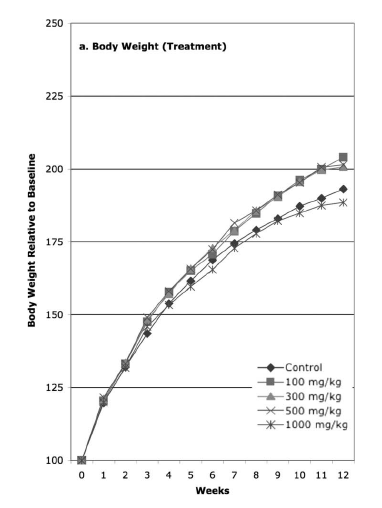Tonight on “Tech Nation”, Dr. Moira Gunn spoke with the Chairman and CEO of Invitrogen, Greg Lucier [1]. Mr. Lucier spent his time speaking out about the importance of public funding of science. Despite his position in a private company, he advocated that more public money needs to be spent to do science, and create the next generation of scientists. It was a short, but good, discussion. At the end, he said it would be wise to call your Congressperson, introduce yourself, and in less than a minute ask them to support public funding of science. Of course, he was focused on biotech, and decried the dropping NIH budget. While his argument was a good one – you doubled the budget, trained all these people, and now they can’t get grants as the budget declines – I was miffed that he didn’t mention the fact that the NIH budget is the kind that chemists, physicists, and mathematicians only dream about (even at its declined levels). We shouldn’t beat each other up for the same pie, but it would behoove us to find a way to make that pie bigger.
AUTHOR
steve
I am a husband, son, and physicist. I am Research Group Manager in the Research Division at SNOLAB and a Professor of Physics at Queen's University. I like to do a little bit of everything: writing, running, biking, hiking, drumming, gardening, carpentry, computer programming, painting, drawing, eating and sleeping. I earned a Ph.D. in Physics in 2004 from the University of Wisconsin-Madison, I love to spend time with my family. All things written in here are my own, unless otherwise attributed.
1602 posts
You may also like
The annual SLAC User’s Organization (SLUO) meeting is today. One of the talks was about the synchrotron light source science going on […]
In my last post, I started by complaining about the way in which information is not cited in news articles. As I […]
In our book, “Reality in the Shadows,” we devote an entire chapter to the phenomenon of the black hole (“A Shadow Where […]
One of the pleasures of being a post-doc is to see the next generation of scientist enter graduate school, wrestle with classes […]



